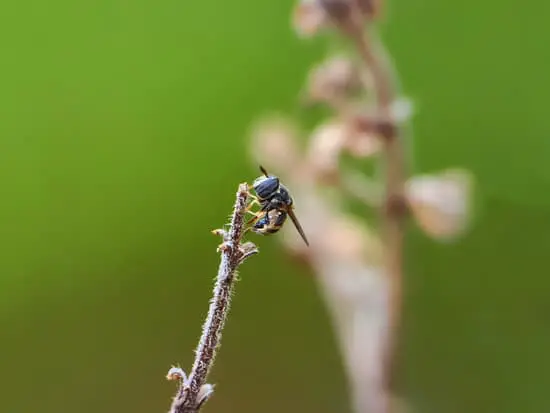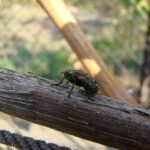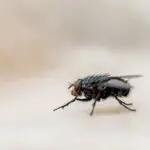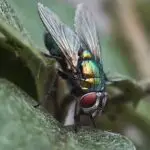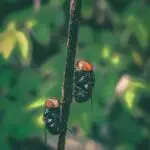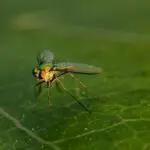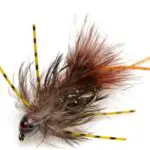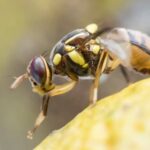Can You Use Fly Spray on Plants?
Fly spray is often used to kill flying insects, but there are some concerns about using it on indoor plants. Many insecticides have toxic levels that are harmful to plants. Because of this, it is important to read the warning label carefully before you use the product. The label will indicate how toxic the product is for plants and animals. When plants are exposed to these chemicals, they experience a phenomenon called phytotoxicity, which is similar to chemical burn in humans.
Some plants are better suited for the outdoors. Lavender and marigolds are good examples, but most indoor plants don’t need insecticides. However, if you’re trying to grow some plants indoors, it’s best to be sure you have a bright, sunny area. If you’re unsure about the best insecticide for indoor plants, check with your local garden center to see what kinds of products are safe.
If you’re trying to kill insects, you can also try burning a plant. Some plants emit a vapor that repels insects. One example is neem tree leaves, which were traditionally used by ancient people to repel insects. This plant is effective at repelling both house and stable flies.
Alternatively, you can spray your plants with a homemade spray that contains dish soap. When using a homemade insecticide, it is important to use the proper ratio of soap to water. Too much soap can cause damage to the leaves. Make sure you use mild dish soap or castile soap. Approximately one and a half teaspoon of soap per quart of water should be enough. After mixing the two, spray each leaf, making sure to cover both the top and bottom.
